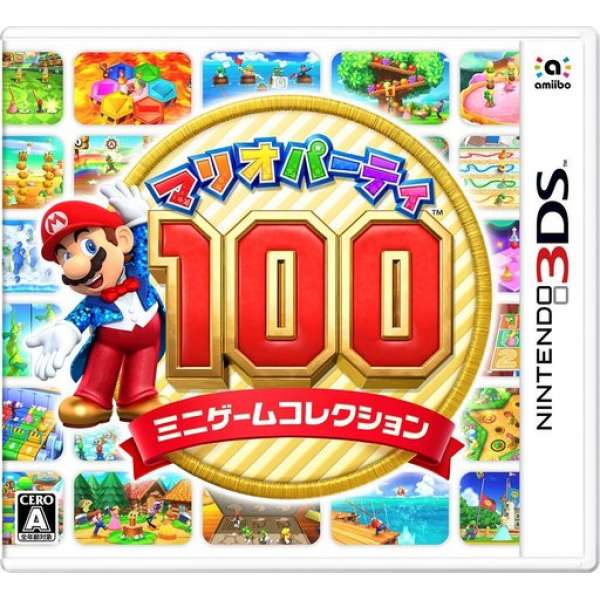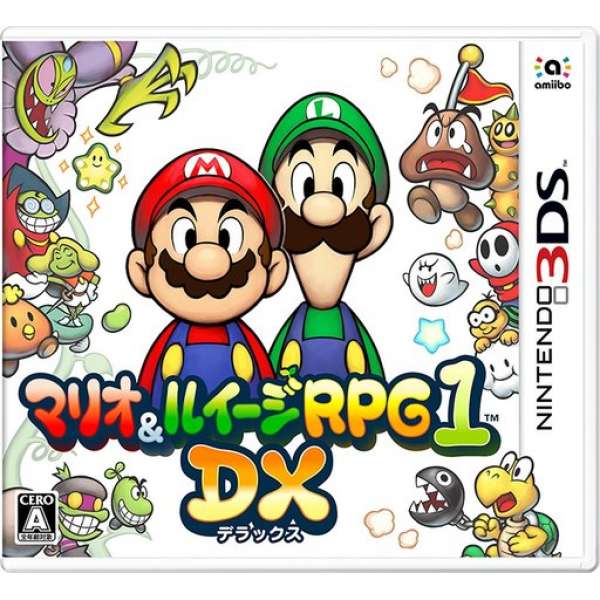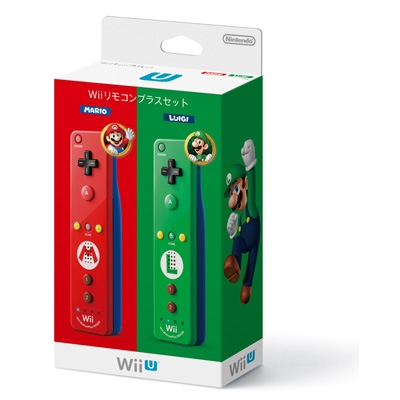瑪利歐與路易吉RPG4 夢境冒險
《瑪利歐與路易吉RPG 4:夢境冒險》(Mario & Luigi: Dream Team)是由AlphaDream開發、任天堂發行的角色扮演遊戲,於2013年在3DS平台推出。作為《瑪利歐與路易吉RPG》系列的第四部正統作品,承襲系列一貫的雙主角合作風格,並透過「夢境」與「現實」交錯的玩法引入創新的戰鬥與關卡機制。它不僅延續詼諧幽默的劇情與節奏明快的操作系統,更運用3DS主機的觸控與立體顯示特性,讓遊戲整體體驗在創意與表現力上都有顯著提升。
故事背景設定在「皮羅島」(Pi'illo Island),擁有神秘古文明與沉睡傳說的度假島嶼。瑪利歐與路易吉應邀前往此地度假,卻意外捲入與夢境世界交織的危機。島上的居民「皮羅族」(Pi'illo)因古老詛咒而被封印為石像,隨著事件推進,得知整個島嶼的命運與一位名為蝙蝠王「夢魔安塔斯瑪」(Antasma)的夢境魔王有關。夢魔試圖利用夢境力量統治世界,並與系列反派庫巴(Bowser)結盟,形成雙重威脅。
本作最大特色是「夢境系統」。當路易吉在特定地點睡著時,即可進入他的夢境世界,在那裡操作「夢境瑪利歐」與「路易吉精靈(Dreamy Luigi)」共同展開冒險。夢境世界的規則與現實不同,充滿奇幻與變形邏輯,場景中會隨著路易吉的夢境想像而產生各種變化。舉例而言,有些關卡需要操控睡著的路易吉鬍子或臉部表情,進而影響夢境中的地形與機關,達到解謎或移動的目的。這種現實與夢境相互連動的設計,使遊戲節奏富有變化與創意張力。
戰鬥方面依舊採用系列招牌的「動作回合制系統」,不只是選擇指令,更需在攻擊與防禦時搭配準確的按鍵時機,以發動強化效果或成功閃避。當進入夢境戰鬥時,主角變為夢境瑪利歐,他由數百個路易吉形態組成,能夠使出大範圍的華麗技能,如巨大化、路易吉龍捲風、路易吉雪球等,搭配觸控螢幕進行操作,讓戰鬥風格更具動感與變化。這些招式不僅視覺華麗,也要求玩家有節奏感與反應力,融合傳統RPG與動作遊戲的樂趣。
解謎與關卡設計方面則將現實世界與夢境世界結合為雙重路線。皮羅島作為主世界,擁有豐富的地圖與地形機關,而夢境世界則充滿變化與幻想風格,從懸浮空間到變形平台,各具挑戰性。進出夢境往往是推進劇情或解救皮羅族的重要關鍵,玩家需善用兩兄弟的組合動作如跳躍連鎖、捲起旋風、滑行潛地等技巧,來解開場景中的謎題或突破障礙。每個夢境副本都有獨立的主題與機制,確保探索過程不會單調。
在角色塑造方面,延續系列一貫的幽默風格,主角們表情誇張、對話充滿喜劇節奏,尤其是內向夢幻的路易吉與外向可靠的瑪利歐形成強烈對比,透過夢境劇情讓路易吉成為關鍵角色,也讓他在本作中獲得前所未有的存在感。反派夢魔安塔斯瑪的出現則讓劇情更加黑暗與史詩化,與庫巴聯手引爆高潮戲碼,特別是最後的決戰段落結合夢境與現實,帶來極具張力的收尾。
音樂方面則再次由下村陽子負責配樂,整體風格融合冒險、幻想與幽默,並在夢境場景加入夢幻感與神秘氣息的旋律,使情境渲染更為強烈。畫面則善用3DS主機的立體效果與雙螢幕配置,使場景深度與戰鬥臨場感提升,角色動作也更流暢細膩。
市場與媒體評價方面,獲得整體正面回應。許多評論稱讚遊戲充滿創意,特別是夢境機制與雙世界交錯的設計十分新穎,戰鬥系統也保留系列強項的同時進一步強化視覺效果與操作樂趣。不過部分評論指出劇情節奏稍長,部分夢境副本略顯重複,可能讓某些玩家感到疲乏。此外,本作對新玩家較為友善,系統教學詳盡,整體節奏較偏向輕鬆與歡樂。
總體而言,《瑪利歐與路易吉RPG 4:夢境冒險》是充滿幻想與巧思的冒險之旅。它透過夢境設定賦予路易吉更多角色深度,同時在關卡設計與戰鬥機制上展現系列的創新精神。無論是系列愛好者,還是首次接觸的玩家,都能在本作中享受到結合幽默、解謎與情感的豐富旅程。這款作品不僅是3DS平台上亮眼的角色扮演遊戲之一,也是瑪利歐兄弟在冒險RPG領域中令人難忘的一章。
Mario & Luigi: Dream Team (known in Japanese as Mario & Luigi RPG 4: Dream Adventure) is a role-playing game developed by AlphaDream and published by Nintendo. It was released in 2013 for the Nintendo 3DS platform. As the fourth main entry in the Mario & Luigi RPG series, it continues the signature dual-protagonist format, while introducing a new gameplay twist that intertwines the real world with a fantastical dream world. The game not only carries on the series' humorous storytelling and fast-paced action mechanics but also makes excellent use of the 3DS system’s touchscreen and stereoscopic 3D features, resulting in a highly imaginative and expressive gaming experience.
The story takes place on Pi’illo Island, a mysterious vacation spot with ancient ruins and legends of a long-lost civilization. Mario and Luigi arrive on the island for a peaceful holiday, only to become entangled in a conflict that bridges the real and dream worlds. The island’s native people, the Pi’illo, have been turned to stone by an ancient curse. As the plot unfolds, it’s revealed that the island’s fate is linked to a dream-based villain known as Antasma, a bat-like being who aims to harness the power of dreams to take over the world. Antasma eventually allies with the series’ familiar antagonist, Bowser, creating a formidable duo that threatens both worlds.
The game's most unique feature is the dream system. When Luigi falls asleep in certain locations, players can enter his dream world, where they control Dreamy Mario alongside a spirit version of Luigi called Dreamy Luigi. The rules of the dream world differ from reality, filled with surreal logic and whimsical transformations. Environments change based on Luigi’s imagination—such as growing platforms controlled by his mustache or facial expressions—introducing puzzles that require players to manipulate the dreamscape creatively. This constant interaction between dream and reality brings a dynamic and playful rhythm to exploration and problem-solving.
Combat follows the series' trademark action-based turn system, where choosing commands is only part of the battle. Success hinges on precise button timing during attacks and dodges to deal extra damage or avoid enemy moves. In dream battles, Mario becomes fused with hundreds of Luigis to unleash large-scale and visually spectacular special moves, such as Giant Mario transformations, Luigi tornadoes, and Luigi snowball attacks. These sequences often use the touchscreen and demand rhythmic input and quick reactions, blending traditional RPG strategy with kinetic, arcade-style action.
Level and puzzle design take full advantage of the dual-world structure. Pi’illo Island serves as the real-world hub, filled with varied terrain and mechanical challenges, while the dream world offers more abstract and shifting environments—such as floating stages and morphing landscapes. Players frequently shift between the two realms to advance the story or rescue stone-bound Pi’illo villagers. Team-based exploration moves like spinning, high jumps, and sliding underground are essential for uncovering secrets and navigating complex areas. Each dream world segment has its own unique mechanics and aesthetic theme, keeping gameplay fresh and unpredictable.
The character development in Dream Team retains the series’ comedic tone. Mario and Luigi are as expressive as ever, with exaggerated animations and lively, humorous dialogue. In particular, the game puts Luigi in the spotlight—his timid and dreamy personality contrasting with Mario’s confident demeanor. Through the dream world segments, Luigi takes on a more pivotal role, gaining emotional depth and a heroic presence rarely seen in previous titles. Meanwhile, Antasma brings a darker, more epic edge to the narrative, and his partnership with Bowser culminates in a thrilling climax that merges both dream and reality into a dramatic finale.
The soundtrack, composed once again by Yoko Shimomura, blends adventurous, fantastical, and comedic themes seamlessly. Dream segments are accompanied by mysterious and ethereal melodies that enhance the magical atmosphere. Visually, the game takes full advantage of the 3DS’s stereoscopic capabilities and dual-screen layout, enriching the sense of spatial depth in environments and making battle animations more impactful. Character movements are fluid and expressive, further emphasizing the game's vibrant personality.
In terms of reception, Mario & Luigi: Dream Team received generally positive reviews from both players and critics. The game was widely praised for its creativity, particularly the dream mechanic and the interplay between two worlds. The combat system was lauded for retaining the series' strengths while enhancing visual flair and interactivity. However, some critiques mentioned that the story pacing was somewhat slow and that a few of the dream segments felt repetitive, which might lead to fatigue over long play sessions. On the other hand, the game is very accessible to newcomers, thanks to thorough tutorials and an overall light-hearted tone.
Overall, Mario & Luigi: Dream Team is a whimsical and imaginative adventure. By incorporating dream-based mechanics, it gives Luigi a much more prominent and emotionally rich role, while also pushing the boundaries of the series’ creativity in level design and combat. Whether you're a long-time fan or a first-time player, this game offers a journey full of humor, puzzles, and heartfelt moments. It stands as one of the most charming RPGs on the 3DS and a memorable chapter in the continuing adventures of the Mario brothers.
運費計算方式:
貨款滿1000元運費外加90元
貨款1000以下:買1件運費外加 60元,買2件運費外加 70元,
買3件運費外加 80元 ,買4件運費外加 90元
貨到付款外加30元手續費
外島及大陸地區運費另計
付款方式:
線上刷卡:本站採用Paypal線上刷卡
虛擬帳號匯款:屬於您專屬的虛擬帳戶,方便站長查帳使用,本站強力推薦
實體ATM匯款:請將匯款帳號記錄下來至各大銀行ATM提款機轉帳
超商條碼繳費:請列印本站提供的條碼至四大超商繳費
線上轉帳:透過玉山銀行線上ATM轉帳(此系統只支援IE瀏覽器)
貨到付款:本站採用黑貓宅急便貨到付款
其他注意事項:
如需購買線上點數卡請直接跟站長連絡,本站不提供點數卡的線上付款









